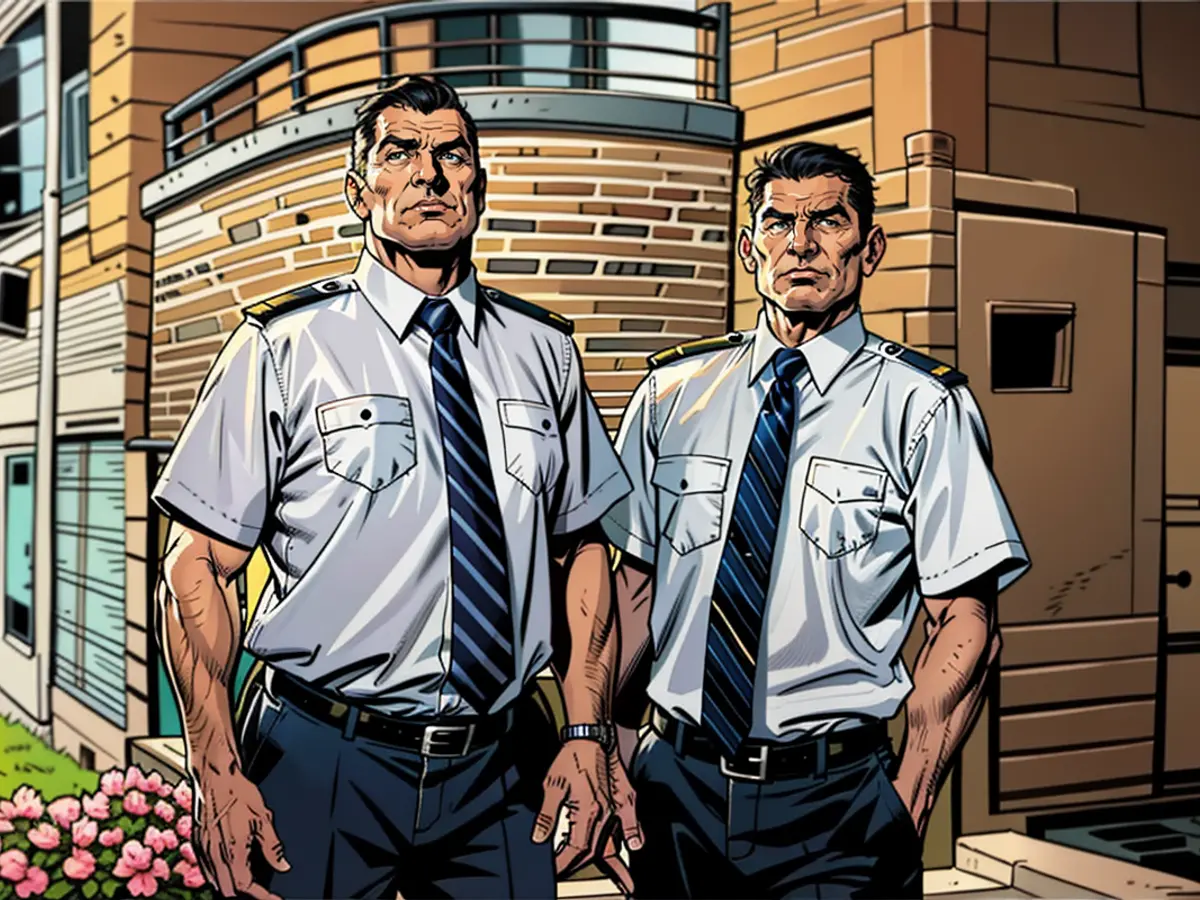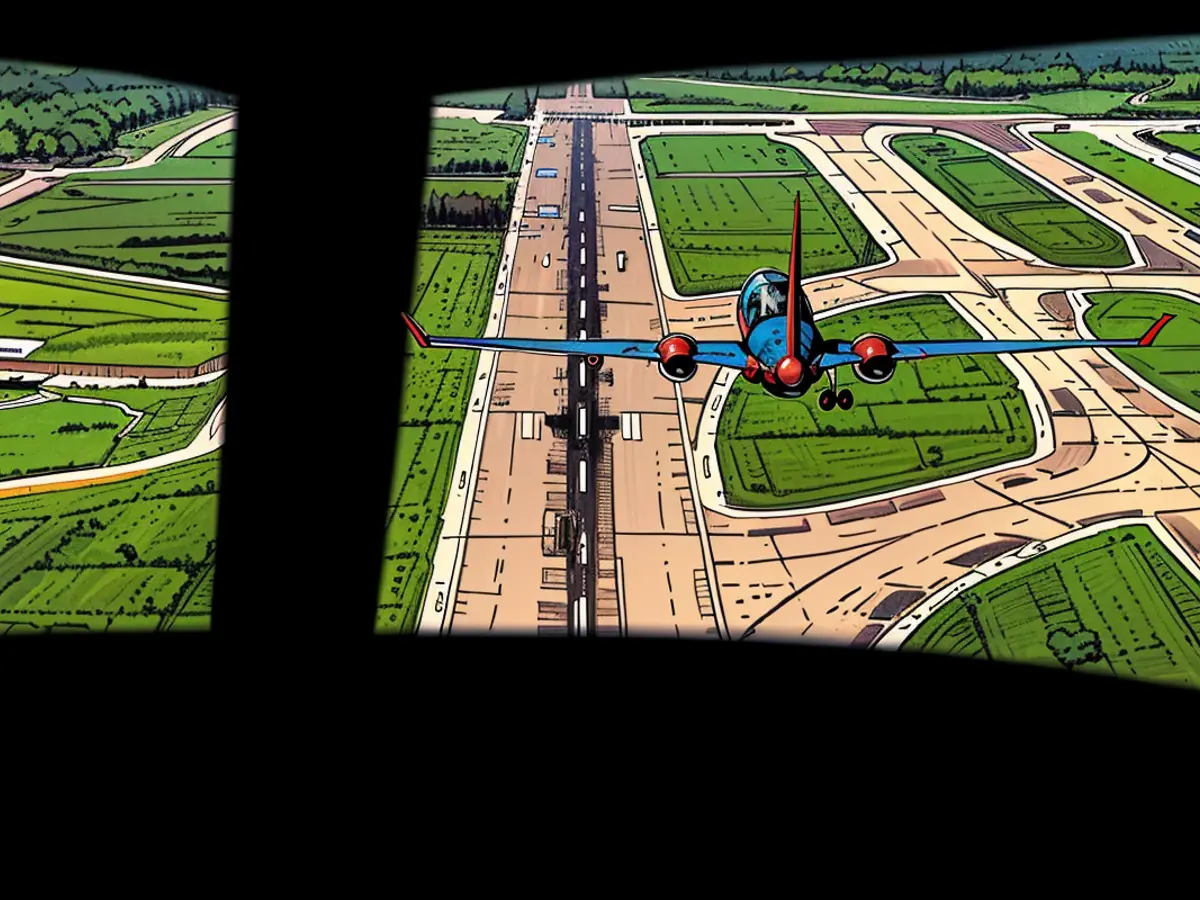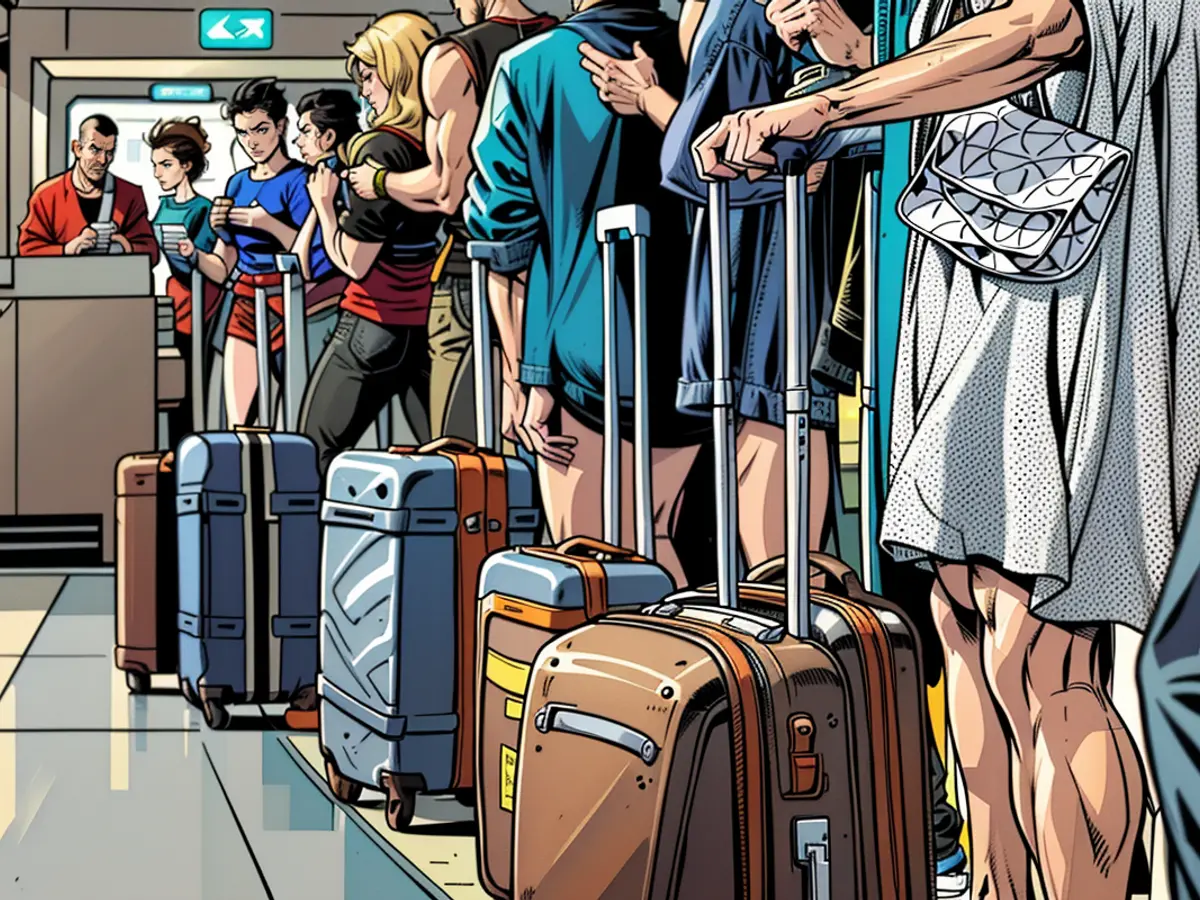"Circle, circle, circle": Aircraft Pilots Recount Close Calls Evading Crashes at Only 150 Feet Distance
A blunder in the air traffic control and the absence of crucial safety tech brought a plane within roughly 150 feet (46 meters) of a Southwest Airlines plane carrying 128 passengers, as per a National Transportation Safety Board report on the incident that took place on February 4, 2023.
First Officer Robert Bradeen shared this account with CNN's Pete Muntean in his first interview about the event. "I spotted the other aircraft's silhouette, which is why I called out, 'Circle around. Circle around. Circle around,'" Bradeen explained.
The event left Bradeen feeling quite startled. "It was an alarming moment. You don't anticipate seeing an aircraft that close. And you pray never to see them that close," he confessed.
Captain Hugo Carvajal initiated the circle-around maneuver, and the plane managed to ascend to safety.
Carvajal shared his perspective on the situation with CNN, saying, "I could sense how near we were because of Bradeen's tone when he said, 'circle around.' And then, our primary concern at that point was merely evacuating the aircraft and moving away from the other plane."
This Austin incident is now noted as the closest near-collision among several occasions where such incidents occurred at airports across the nation. The National Transportation Safety Board investigated over a dozen similar cases since the turn of last year.
Another near-miss was added to the list when an Alaska Airlines plane came close to colliding with a Southwest one in Nashville.
In certain cases, skilled pilots like Bradeen and Carvajal have managed to keep head-on collisions from becoming fatal. In Nashville's incident, the duo was honored with their union's Superior Airmanship Award for their teamwork and vigilance, which prevented what would have been a major disaster.
“Just as routine as can be until the end"
The pair attributed their quick response to their extensive training and experience. Carvajal has been with FedEx for 22 years, while Bradeen has been flying for the company for about 5.5 years.
The flight was progressing smoothly–until it wasn't. Bradeen and Carvajal briefed the approach towards landing in Memphis, and they covered the same briefing while airborne. They also repeatedly practiced for the Category III approach.
"It was all routine till the very end," Bradeen stated.
However, just about three miles away from landing, they became troubled when an air traffic controller cleared the Southwest flight for take-off in front of their plane.
"We could hear the Southwest plane check-in, and then the controller cleared them for take-off, which surprised both of us. We looked at each other and voiced our skepticism," Bradeen recounted.
The Southwest Boeing 737 was present in the runway's center for about 19 seconds, according to the NTSB report, as the FedEx Boeing 767 barrels toward it in the fog. Bradeen's alertness was heightened, but he failed to realize an imminent collision until about 100 or 150 feet away.
"I was checking outside since we were concerned. So I was switching between indoor monitoring systems and observing the glare shield, trying to obtain a glimpse of the runway and our touchdown zone. And I witnessed a position light in the silhouette of the Southwest airplane right above the glare shield with closure."
He called for the circle-around. Scanning outside the aircraft during such an approach is not usual, Bradeen stated, but he needed to verify the location of the Southwest plane due to his uncertainty.
"And fortunately, I was able to look out at the right moment and see him."
A stroke of luck, coupled with years of experience.
“This could have been catastrophic"
"This could have been a disaster. If there hadn't been two seasoned and competent pilots on the deck that day, we could have been delivering a far different narrative right now," claimed Jason Ambrosi, the Air Line Pilots Association's president.
The NTSB made seven recommendations in June based on the Austin incident, including the installation of technology at all commercial airports to detect ground plane and vehicle movement. The FAA promised to implement a surface detection system at some airports by the end of 2025, with Austin among those airports.
Carvajal highlighted the importance of securing the necessary funds to install this equipment at every airport. He underscored the necessity of having two pilots in every cockpit for safety.
"This incident could have been disastrous. If not for the courageous actions of the FedEx team," said Jennifer Homendy, the NTSB chair, during a spring hearing. She thanked the pilots for saving lives.
But, do they consider themselves to be heroes?
"It depends on your viewpoint," Bradeen said. "From our perspective, we just did our job. It's what we're trained for."
In the realm of aviation safety measures, the National Transportation Safety Board has suggested the installation of technology at all commercial airports to detect ground plane and vehicle movement, aimed at preventing future near-collisions like the one in Austin. This proposal follows an incident where an Alaska Airlines plane almost collided with a Southwest plane in Nashville, a situation that was averted due to the vigilance and quick reactions of skilled pilots.
With aviation being a significant mode of travel, it's essential to continually evaluate and improve safety protocols to ensure the well-being of passengers and crew members. The close call in Austin highlights the importance of having experienced pilots like First Officer Robert Bradeen and Captain Hugo Carvajal, who managed to prevent a head-on collision despite the challenging circumstances.

Read also:
- Fear of escalation in the Middle East: US Secretary of State Blinken travels to the region again
- Government circles: US Secretary of State Blinken to travel to Middle East again
- Bridging days 2024: How you can double your vacation this year
- Germany has wanderlust: how tour operators and airlines are looking ahead to the next travel year








